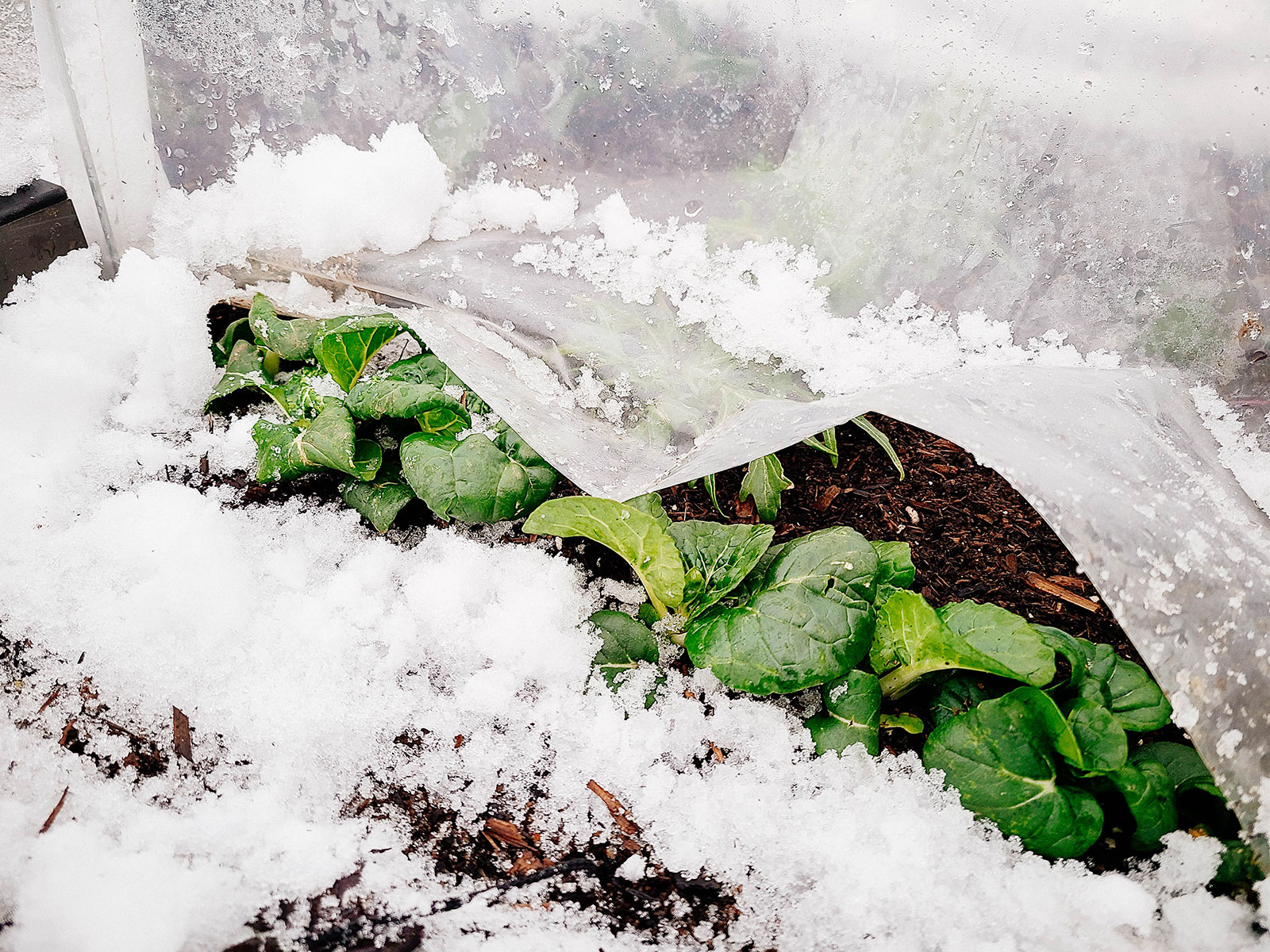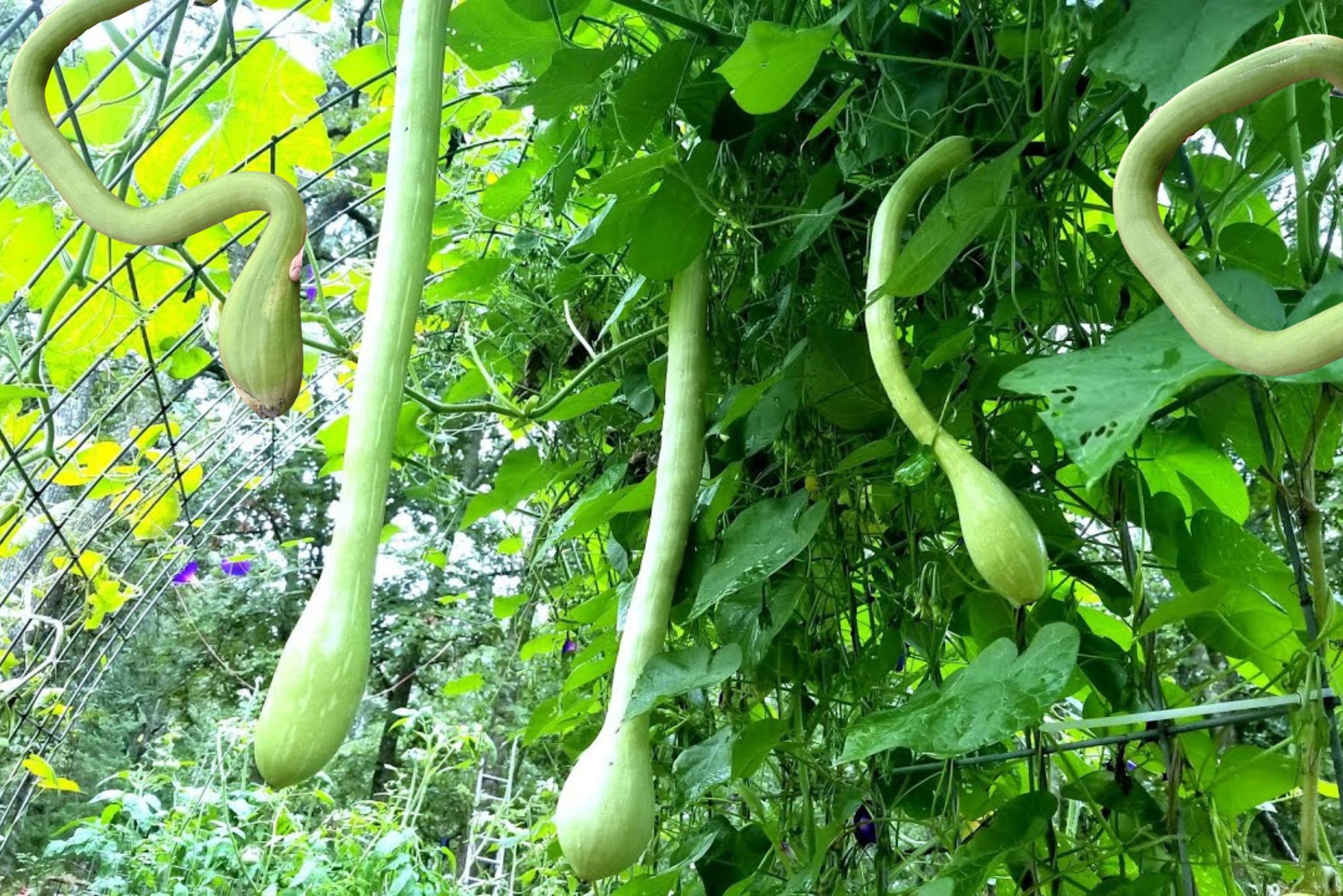Winter’s chill doesn’t have to signal the end of your vegetable gardening; with savvy techniques and a bit of creativity, you can grow vegetables without a greenhouse. Even those facing the frost-bitten months can maintain a thriving vegetable plot, defying the cold to enjoy a bountiful harvest.
Whether you’re a seasoned gardener or a green-thumbed novice, with the right approach, How to Cheat Winter So You Can Grow Vegetables Without a Greenhouse isn’t just a question—it’s your next great project!
Can I Grow Vegetables in the Winter Indoors?
Many assume that without a greenhouse, growing vegetables in winter is impossible. However, indoor winter gardening is a viable and increasingly popular alternative. By utilizing sunny windowsills, grow lights, and indoor containers, you can cultivate a variety of vegetables—from leafy greens to herbs.
Begin by identifying an area in your home that receives ample sunlight. Supplement natural light with grow lights to ensure your plants receive the necessary photoperiods for growth. Additionally, maintain a consistent indoor temperature to mimic the stable environment that a greenhouse would typically provide.
Container gardening is essential when growing vegetables indoors. Ensure proper drainage and choose potting mix over garden soil to prevent pests and diseases. Fertilize regularly with a balanced, water-soluble fertilizer to compensate for the limited nutrients available to your plants in containers.
Indoor Winter Gardening: What You Need to Know
Understanding the specific needs of indoor plants during the winter months is crucial. They require attention to humidity, watering schedules, and potential pest issues. It’s also important to rotate your plants so that they grow evenly in response to indoor light sources.
To boost humidity, place your containers on trays filled with pebbles and water. Misting plants can also help, especially when indoor heating systems create a dry environment. Be mindful of overwatering, though, as this can cause root rot—a common issue in indoor gardening.
Pest management is another critical aspect to consider. Regularly inspect your plants for signs of infestations and manage pests promptly with natural remedies or appropriate pesticides.
Lastly, choose the right plants. Some vegetables are more suited to indoor growth than others. Herbs like basil and chives, leafy greens like spinach and lettuce, and even some dwarf varieties of tomatoes and peppers can do quite well in an indoor setup.
Winter Gardening Plants: Which Ones Are Best?
- Kale – This cold-hardy crop can often survive winter with minimal protection.
- Spinach – Spinach thrives in cool weather and can grow under a simple cold frame.
- Lettuce – With frost cloths for protection, many types of lettuce can continue to produce in cold weather.
- Carrots – Root vegetables like carrots can be left in the ground and harvested as needed.
By selecting cold-hardy crops and employing season extension techniques, winter gardening becomes not just feasible but also gratifying. With the added benefit of fresh, home-grown produce, winter doesn’t have to be a dormant period for your gardening pursuits.
Preparing Vegetable Garden for Winter: Essential Tips
As the growing season winds down, preparing your garden for winter can make all the difference come spring. Start by clearing out old plant debris and adding a layer of mulch to protect soil quality. Consider planting cover crops which can be tilled into the soil as green manure.
Insulation is key for any winter gardening efforts. Utilize straw, leaves, or even a layer of snow to protect plants from freezing temperatures. Constructing windbreaks can shield your garden from harsh winds that might otherwise desiccate your plants.
For those with raised beds, consider installing hoop houses or low tunnels over your crops. These structures can be covered with plastic or garden fabric to create a microclimate that provides a few degrees of warmth and protection from the elements.
Here’s a helpful video demonstrating how to create a simple low tunnel for winter gardening:
What Crops Can Grow in Winter Stardew Valley?
In the virtual world of Stardew Valley, winter doesn’t halt your farming activities. Just like in the real world, you can grow certain crops during the colder months. These include winter seeds that produce forageable items and are a great way to keep your farm productive.
The in-game winter crops teach an important lesson for real-life winter gardening: selecting the right plants and employing the proper methods can result in a successful harvest—even in the most unlikely conditions.
Imitating these virtual strategies, such as using cold frames and choosing suitable crops, can lead to real-world success. It’s a fun reminder that with ingenuity and planning, winter gardening can be a fruitful endeavor.
Related Questions on Winter Vegetable Gardening
How to Overwinter Plants Without a Greenhouse?
Overwintering plants requires protective measures to ensure their survival. Utilize mulching, temporary coverings like frost cloths, or homemade cold frames made of old windows. Key is to shield plants from frost while allowing them access to light and occasional water.
Grouping potted plants together can also help, as they’ll benefit from shared warmth. Be mindful of watering, as overwintered plants still need hydration, albeit less frequently than during the growing season.
What Is the 70/30 Rule in Gardening?
The 70/30 rule suggests that your garden should consist of 70% topsoil and 30% compost. This mix ensures that your soil has a balance of nutrients and good structure for proper drainage and root growth. It’s especially helpful in winter when soil quality can impact a plant’s cold-resistance.
How to Make a Temporary Greenhouse for Winter?
Creating a temporary greenhouse can be as simple as constructing a wooden frame and covering it with clear plastic sheeting. Ensure that it’s secure against wind and provides a door for ventilation on warmer days. This will act as a miniature greenhouse, capturing heat from the sun to keep your plants warm.
What Is an Alternative to a Greenhouse?
Alternatives to a traditional greenhouse include cold frames, hoop houses, and indoor window gardens. Use season extension techniques such as cloches and frost cloths to protect your plants. Indoor hydroponic systems are another innovative option for growing vegetables during winter without a greenhouse.
By mastering these methods, you can ensure your garden remains vibrant and productive throughout the colder months. Remember, How to Cheat Winter So You Can Grow Vegetables Without a Greenhouse is not just a question—it’s an invitation to extend your passion for gardening year-round.






